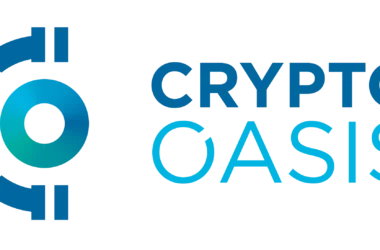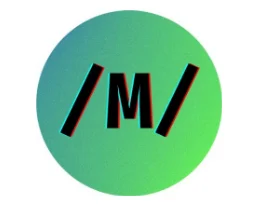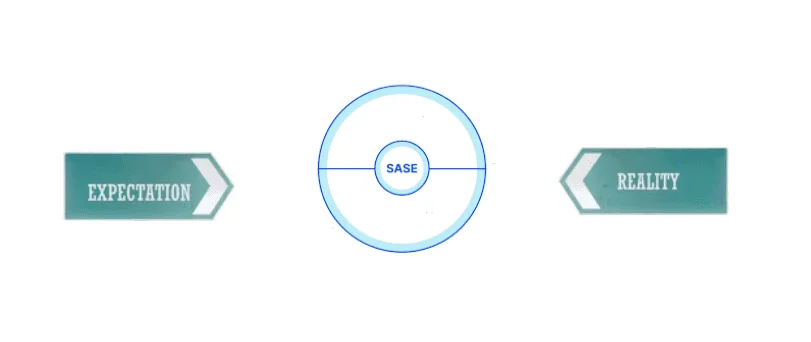SASE has become one of the most spoken frameworks in the cyber security sector due to its high capability of providing bulletproof and easy-to-manage security to companies. However, the popularity of SASE also caused misconceptions about it and there are many things people know wrong about it.
Understanding SASE and its principles, as well as its qualities, properly is a critical step in considering its adoption. That’s what this article is all about; debunking myths about SASE and providing the right information for you.
Contents
What is SASE?
SASE is a modern cyber security framework that brings network and security services together in a single environment. These services are SD-WAN for network connectivity and prominent security services such as Zero Trust, FWaaS, and CASB.
The main goal of SASE is to deliver single-handed, thus bulletproof security to companies. Since all network access and security-related issues are operated from the same place, IT teams have an easier job to monitor and secure corporate networks.

Another quality of SASE is the ability to provide secure remote access and protect the users regardless of their locations. That’s because all the services required for a SASE architecture can be cloud-native, so there is no need for a location-limited hardware setup.
This is a significant ability as the share of employees working remotely went up to 30% according to Statista.
Increased IT agility and scalability of SASE architectures are great ways to reduce security costs and maintenance issues. Plus, since SASE is able to connect all components of a network structure, they are perfectly capable of providing edge-to-edge security. It uses identity and context-based verification to let the IT teams bring security even to remote users.
SASE Expectations vs. Reality
As the information on SASE on the internet is drastically varied, the number of misconceptions rises. Since this is a comprehensive cybersecurity framework that companies need to think deeply about before going into, it is very crucial to learn the truths about it.
If you’re looking for SASE solutions, make sure you got the correct information on the issues we specified below. These debunked myths will give you great insights into what is and what is not SASE.
Expectation #1: SASE is a product
SASE is not a product on its own. SASE is basically a framework that allows companies to converge different products together. Some of these products are services such as SD-WAN or Zero Trust, which both are indispensable to a SASE architecture.
If you come across any provider claiming they are offering SASE as a product, you may want to think twice. Make sure your chosen provider is able to deliver all the necessary services but doesn’t advertise SASE as a product.
Expectation #2: SASE and Zero Trust are the same

SASE and Zero Trust are definitely related. However, they are not the same thing nor competitor security solutions. SASE is a framework whereas Zero Trust is simply a verification approach.
It is true that the Zero Trust is an integral part of SASE. Any SASE architecture needs a proper Zero Trust Network Access system to increase the security of granting network access. Put simply, these two are not the same; but they need each other to function properly.
Expectation #3: SASE is only for large organizations
This is actually not true. SASE may be more useful for larger organizations, but as long as you have a diversified workforce working remotely or in different offices, SASE can be a great help.
Since SASE solutions reduce complexity and security costs, they can actually be perfect for smaller organizations. Not to mention they won’t need any expensive hardware to set it up, which is another plus for organizations with small budgets.
There are a lot of arguments on the internet claiming that SASE can be the only thing a company needs to secure its networks. However, not a single cybersecurity solution is capable of answering all of your security needs. Leaving out the security experts will only harm your company even if you use SASE.
It is true that SASE is perhaps the most significant solution companies should implement, but you still need a capable IT security team to design and run the system. In addition, solutions such as Cloud Workload Protection (CWP) and Endpoint Detection and Response (EDR) are not the components of a SASE, but they are still important solutions to consider.
Conclusion
SASE solutions are crucial to ensure your corporate network security is up to date. It is one of the best things we have in this digital age full of threats and dangers. However, misinformation on SASE is still a common issue since this framework is a recent one.
If you think about adopting a SASE architecture for your company, make sure you have all the right information and cross all the misconceptions out. This will be a significant step, so getting it right is more than significant.
Adopting SASE will definitely increase cyber security on your networks, but wrong expectations will only halt your way to a great security structure. Make sure this is what you need before going further.




